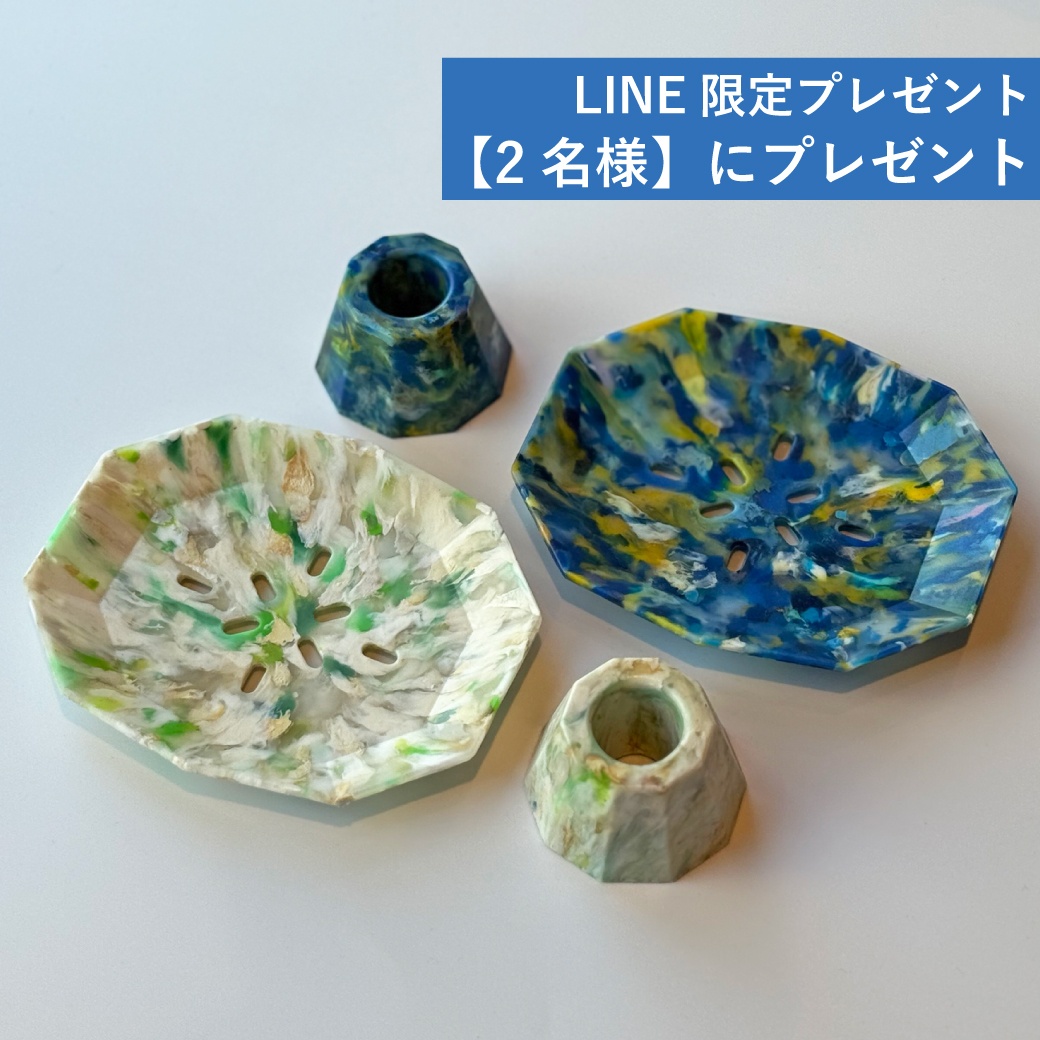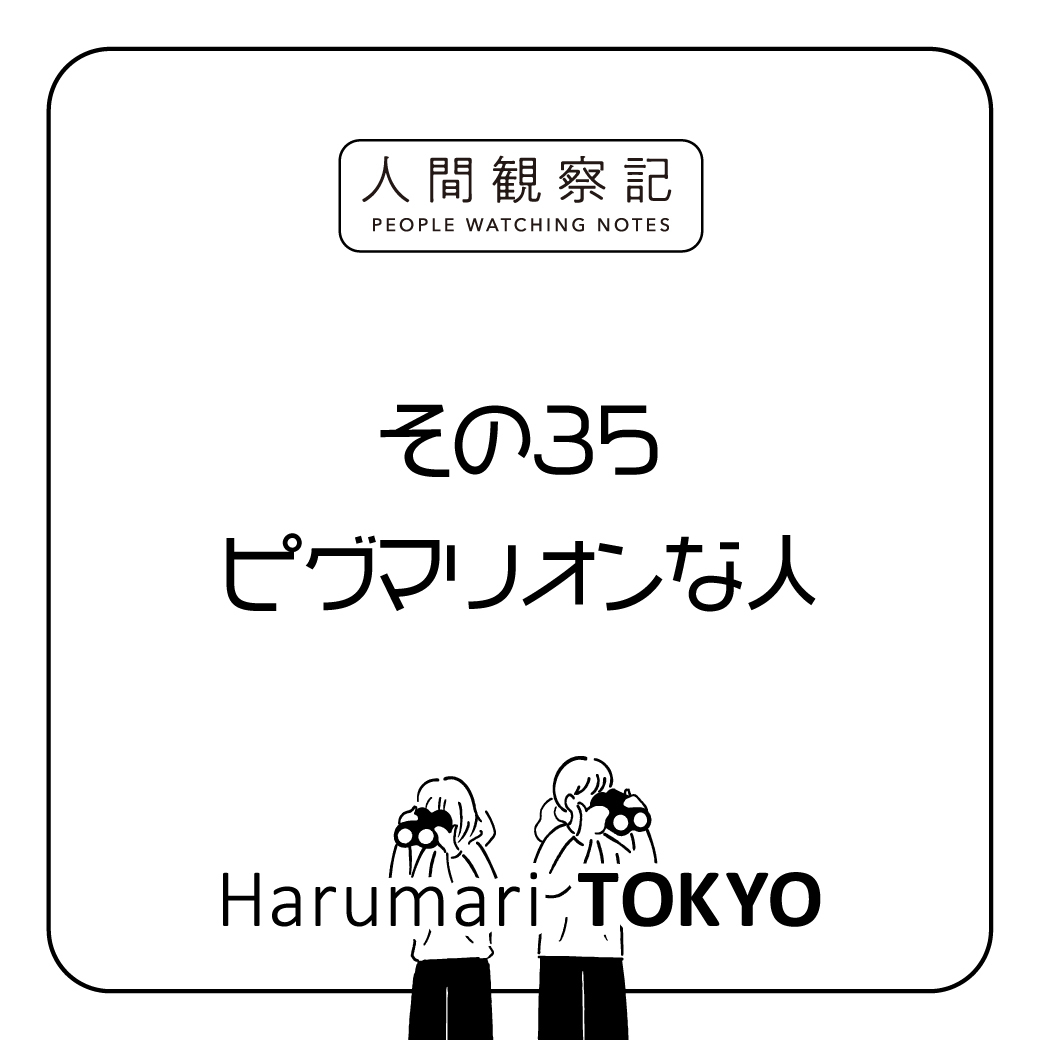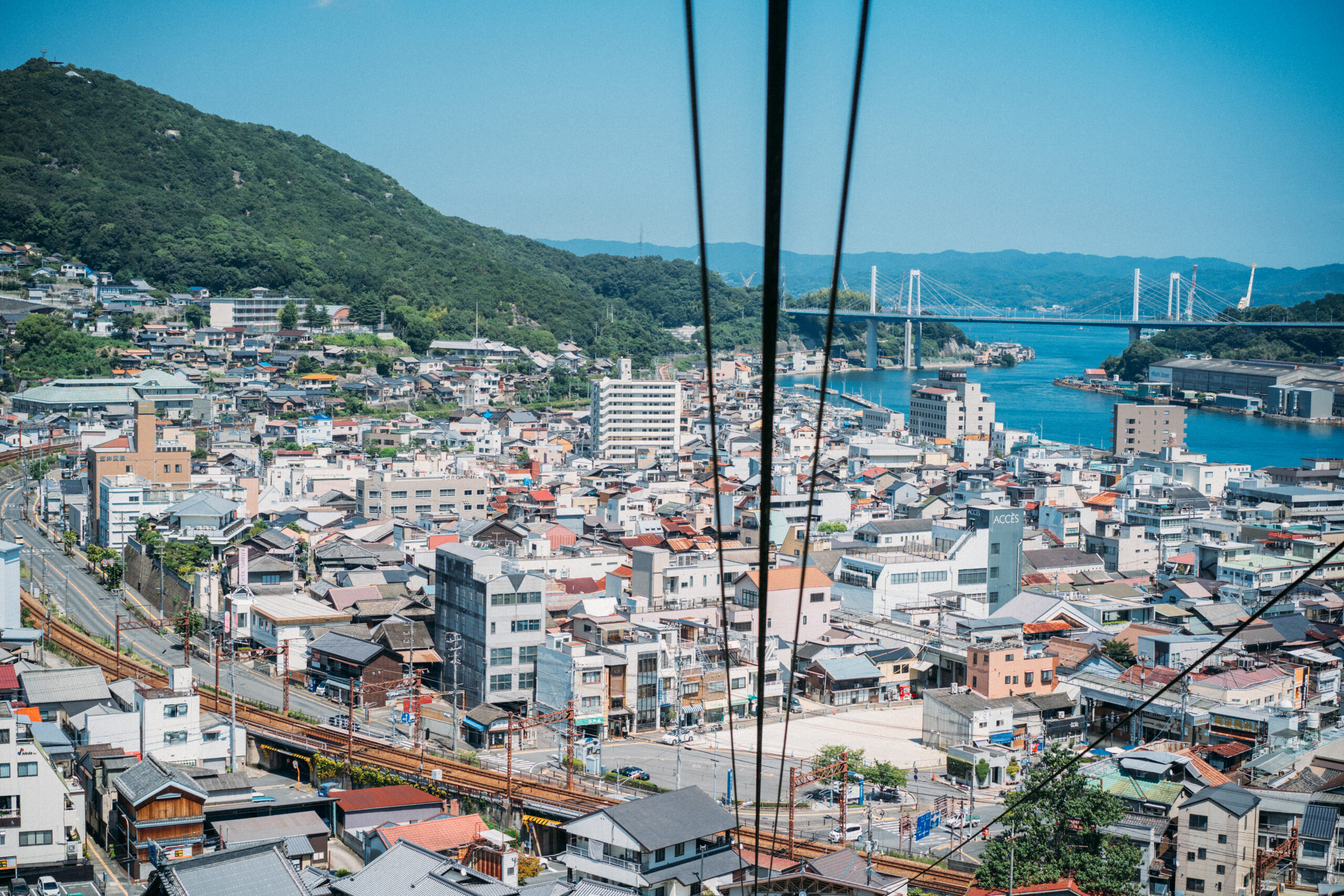
VOL.2 The ONOMICHI Community through Vacant House Revitalization
Onomichi, with its rare landscape surrounded by sea and mountains, is dotted with historical buildings from various eras, creating a unique urban space. The person responsible for preserving this scenery is Masako Toyoda, the representative of the “Onomichi Vacant House Revitalization Project.” Through her activities, we reflect on the charm of Onomichi.
Everyone Falls in Love with Onomichi People
In this project, while interviewing local people, I heard that many travelers fall in love with the beautiful scenery and eventually decide to move here. Indeed, Onomichi, where natural landscapes and historical buildings coexist, has a European charm. However, the reason everyone falls in love with this city is not just the scenery but its welcoming nature towards new people. A major contributor to Onomichi’s appeal is Masako Toyoda, the founder of the NPO “Onomichi Vacant House Revitalization Project.” She has been revitalizing vacant houses in Onomichi, which has been a problem for nearly 20 years. Remarkably, 130 relocations have been facilitated through the matching system of the vacant house bank, with over half of these relocations coming from outside the prefecture. Currently, people in their 30s and 40s mainly live in the houses she has restored, using them to run bookstores, guesthouses, and cafes. These gathering places create a positive cycle where people attract more people.
“Most of Japan’s major cities were burned during the war, making it rare for a city like Onomichi, which was not affected by the war and still has buildings from the Taisho period and later. In the Onomichi Hondori Shopping Street, which extends from the station, there are townhouses like those in Kyoto, and on the hillsides, there are Western-style houses and residences over 100 years old. Since none of these buildings are cultural properties, they are easy to modify, which is why creative young people come to Onomichi to do something new with them,” says Toyoda.
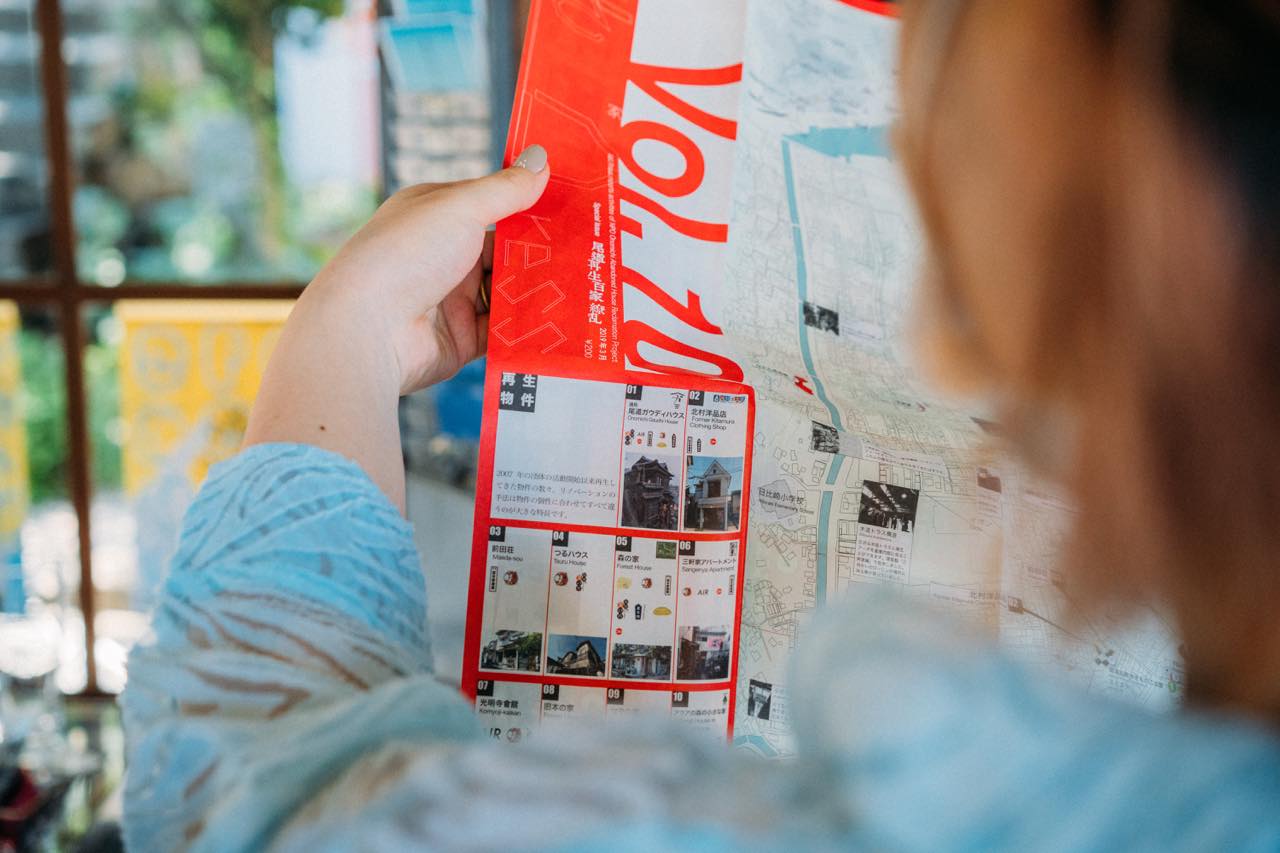
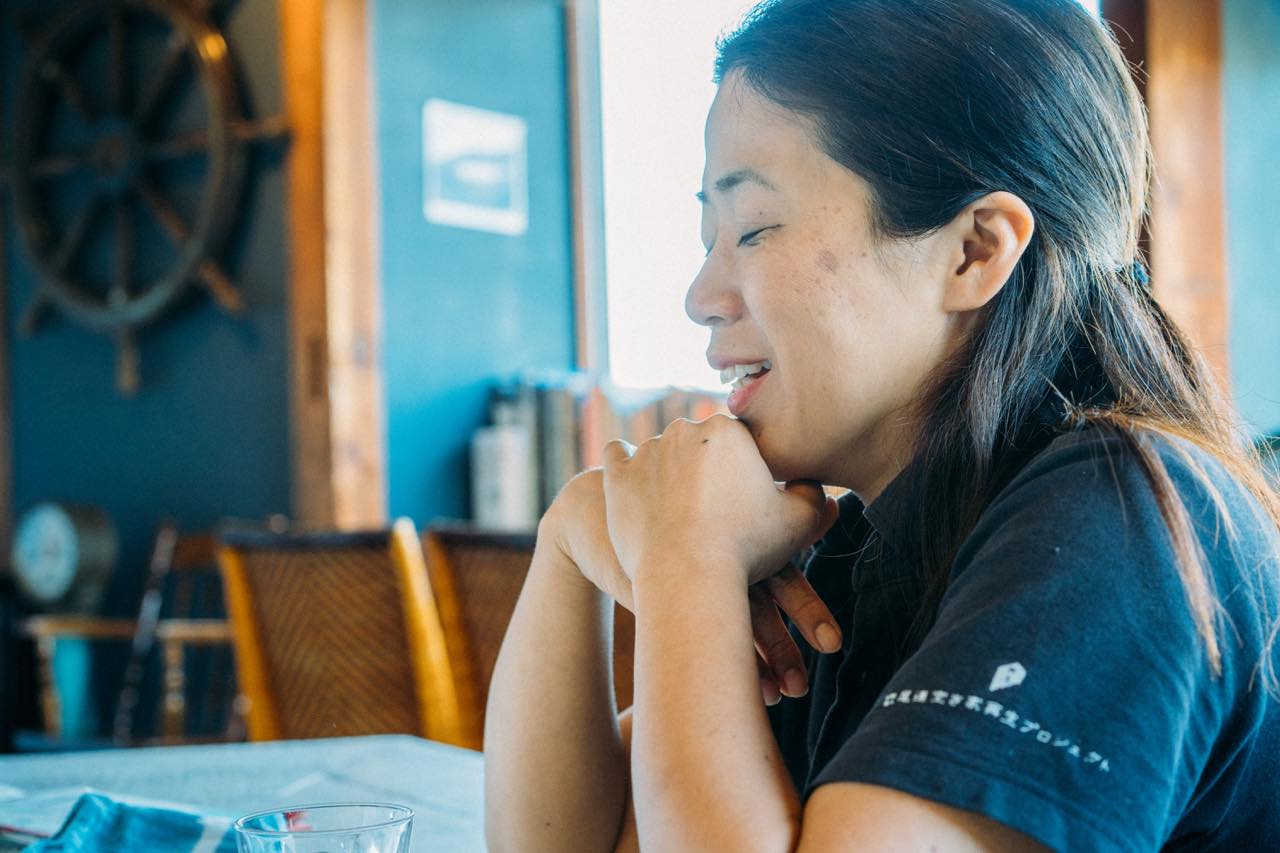
A Community Where Faces of Local People Come to Mind
Instead of convenience stores and franchise shops, Onomichi is characterized by its original shops and spaces that utilize vacant houses. Guesthouses like “Anago no Nedoko” and “Akubi Cafe” on the Onomichi Hondori Shopping Street, the bookstore “Shihen” beyond them, and “Nekonote Pan Koujou” in the hillside area, are all small-scale ventures started by newcomers. The local community resonates with these new initiatives, turning them into hubs of the town. Moreover, for tourists, these cultural spots become destinations, making new ways of exploring the city part of the attraction.
At the same time, it’s important not to forget that it took nearly 20 years for the city to reach its current state, thanks to the efforts of Toyoda’s “Onomichi Vacant House Revitalization Project.” When redeveloping a city, whether in Tokyo or other regions, the focus tends to be on maximizing operational efficiency through high-rise condos and shopping malls. However, for the sake of the town and its residents, it’s crucial to plan with a vision that extends decades into the future, not just a few years. Toyoda has gradually created a livable environment by matching new residents with vacant houses and creating jobs for them, all while aligning with the community.
“The great thing about using vacant houses is that it creates a community where you know that if you go to a certain place, you’ll see a certain person and know who is doing what job. One of the first challenges we faced was the employment of the newcomers. The basis of life is work, and work becomes the first place of belonging. So, we decided to use large vacant houses as guesthouses and have them run by these newcomers. Examples include the Meiji-era townhouse ‘Anago no Nedoko’ and the Taisho-era villa ‘Miharashi-tei,’” says Toyoda.
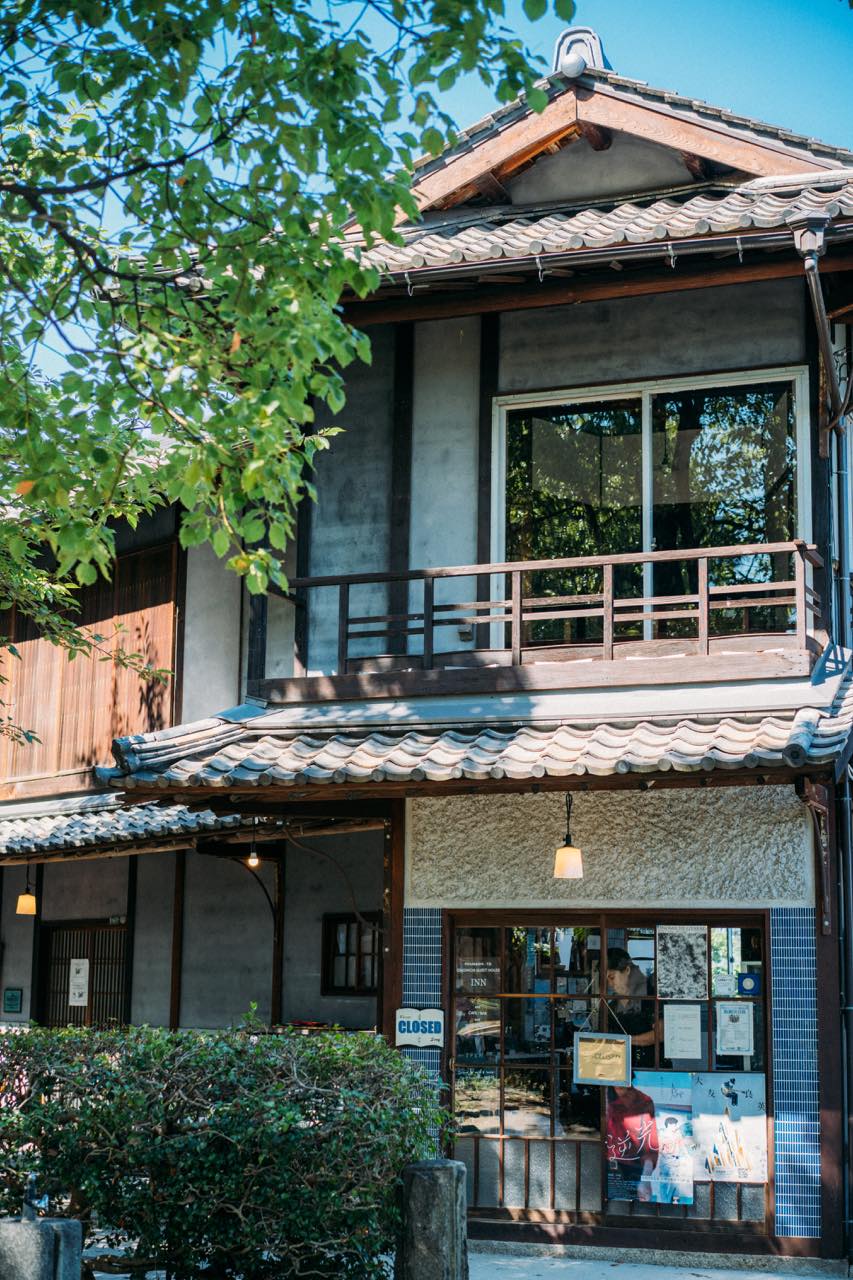

Passion for the Town Moves People’s Hearts
While walking through the mountains with her during our interview, various shop owners and neighbors would come up to her. This sight clearly shows that she doesn’t just provide vacant houses; she also visits homeowners and continues to communicate passionately. I believe that these small, everyday interactions are what make her project sustainable.
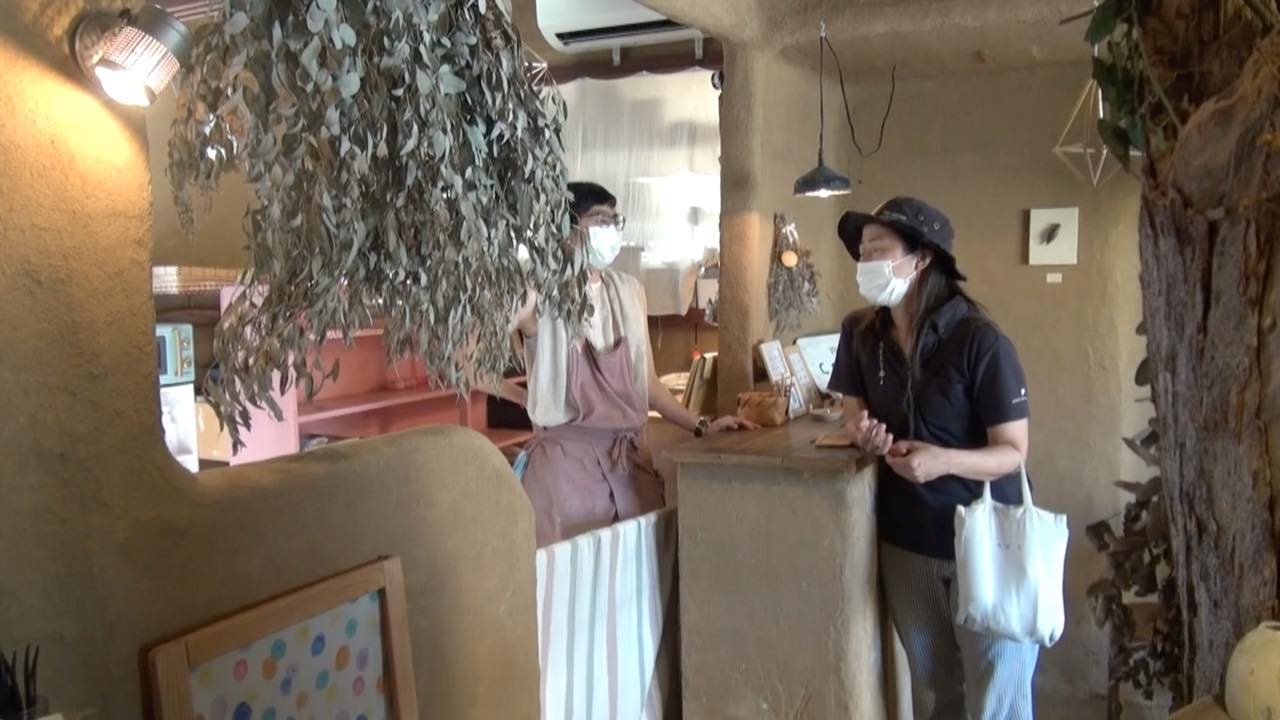
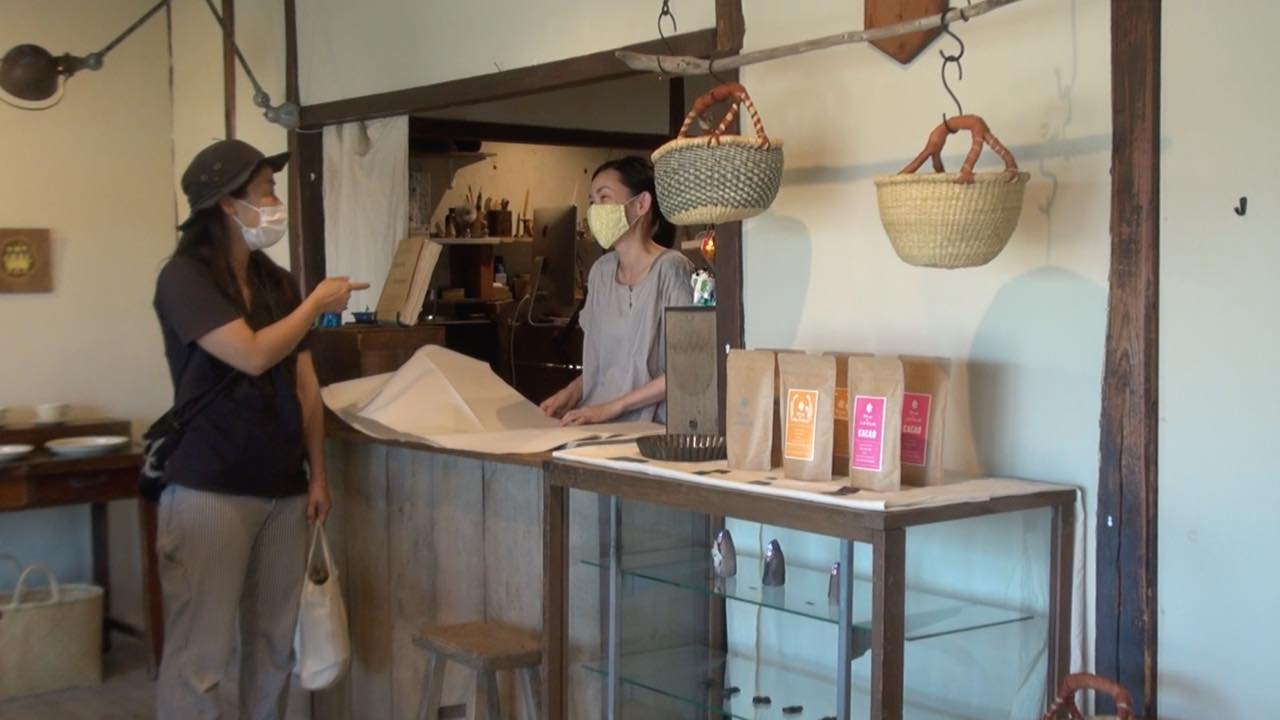
“I think Onomichi is a town where many people, including myself, are interested in newcomers. Many of us are quite meddlesome (laughs). It’s common for customers to talk about where someone came from and what they’re doing. There’s an environment here where people are constantly in touch with each other,” says Toyoda.
This attitude is shared not only in town development but also among those of us who nurture media. Creating something new requires daily, attentive communication with users and those involved. This leads to a chain of empathy. To foster this empathy, expertise is not necessarily crucial. More important are the sensibility as a resident and a sense of urgency for the future, like Toyoda’s, which move people’s hearts. In an era where it’s hard to move people, we, as a media, want to earnestly convey the meaning of information in daily life, just like Toyoda’s actions.
Special Thanks to: Masako Toyoda (NPO Onomichi Vacant House Revitalization Project)
Photography: Moron-no-non
Interview & Writing: Marina Haga (Harumari TOKYO)






